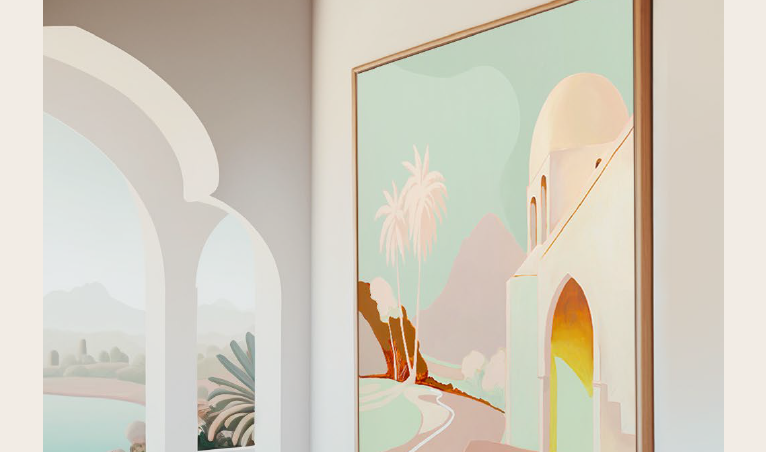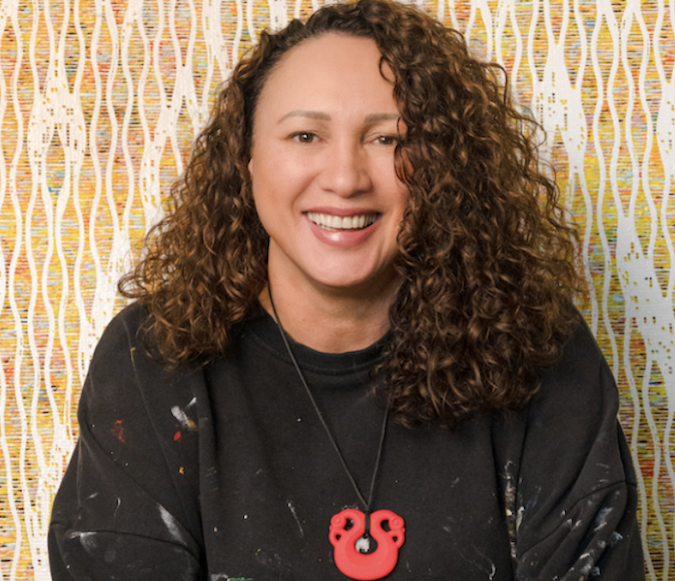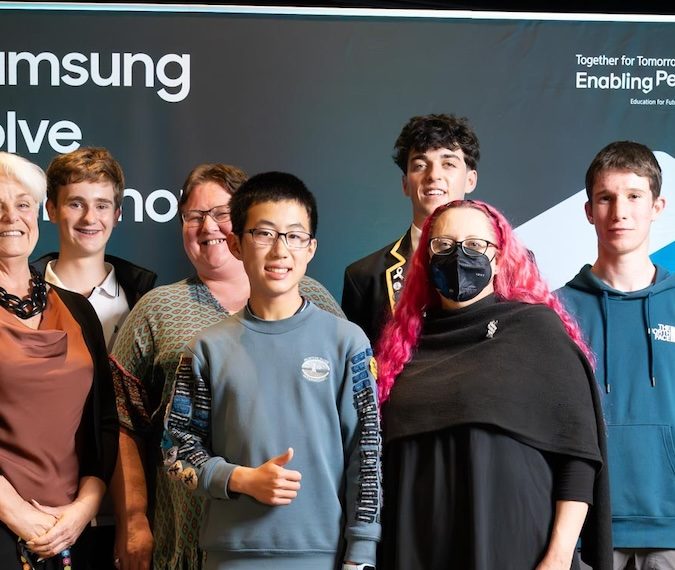
In the past year, artificial intelligence (AI) has become so advanced it is now able to create its very own art. But in a world where creativity continues to persist, is it possible that AI and art can work together?
The existence of AI has added a number of challenging questions for modern artists alongside the growing digital landscape, technology, internet and more.
Artists like Picasso, Van Gogh and Da Vinci didn’t have AI to be scared of, but nowadays, AI can replicate their style of art.
Discussions about AI always brings forward the topic of how it has become a threat to our modern-day life, but is it possible that artists and AI can peacefully co-exist?
Jen Sievers is an artist who has found the perfect balance between the use for AI while not disrupting the human nature of creativity.
“It’s interesting because it’s really blossomed so quickly and there’s so many different ways that people are using it,” says Sievers.
Over the past year, AI and art has really developed with software programs such as Midjourney that create AI-generated art.
“In those cases, AI is the output and the person is controlling the AI to make something really fascinating,” she says.
With the introduction of AI software, Sievers says that people who have never created art before are now dabbling in art creation.
“There’s people who have ideas but don’t have executional skills who are able to create them now,” she adds.
But Sievers has found a way for art and AI to co-exist, using the technology more of as an input rather than an output.
“People like myself are starting to find ways that we can use it as a tool to push my creativity further,” explains Sievers.
Read more: How can businesses use AI chatbots?
“I have created hundreds of images so that I could use it as a starting point for painting, meaning I could paint things that don’t exist.”
As someone who paints based on real life landscapes and sceneries, Sievers now has the opportunity to paint places that don’t exist but look like they could be real places.

She first discovered the AI with Midjourney, where she found herself using the software to generate landscapes, which she could take inspiration from to paint.
After playing around with their search and blending function, she found it was “very intuitively led”.
“I just love the fact that I could then paint these things that don’t exist anywhere except in those images and now in my paintings, so kind of like an imaginable realm,” she says.
Sievers finds herself even typing in colour palettes in AI chatbots to see what will work, introducing her to new combinations she has never tried before.
“It’s helping me progress my palette in different directions,” she adds.
Her work alongside AI is showcased in her latest art series, ‘Imaginal’, a collection of art that pushes traditional creative boundaries through the use of the technology.
“This unique collection showcases the possibilities that arise when human creativity meets AI, offering a compelling example of how technology can revolutionise traditional artistic practices,” says Sievers.
AI has become a brainstorming and referencing tool for her to “jump off creatively” amongst other artists.

It has quickly become a starting point for the industry.
And for artists to remain autonomous and creative over their work as they use AI, it is really going to rely on the creators themselves on how they are going to use it.
“We can decide if we want to do the good stuff or the bad stuff,” says Sievers.
“We have to be mindful in a way and ask ourselves every time we use AI, am I using this to better my practice or am I using this to cop out and be lazy?”
Through the use of an algorithm-based software, artists are going to be forced to stand out and stay innovative.
“It’s going to force us to become more creative and more innovative in the things we do,” she adds.
With AI continuing to develop and advance, the technology still isn’t perfect yet to replace an artist. “AI is struggling with hands,” says Sievers.
But for now, the human is still in control and it is up to the artist how they utilise the technology to remain creative and innovative.




